To triumph over their competition, athletes must be the fastest, strongest or most agile contenders in their respective events. Then the record breakers must push even further, pushing the limits of known human ability.
But in addition to their physical abilities, athletes employ a unique set of mental skills that allow them to succeed in their respective disciplines. Numerous studies have shown that athletes brain differ from the brains of non-athletes.
Here are some examples of how sports uniquely shape athletes’ brains.
Related: What is doping? And what performance enhancing drugs are banned?
Visual signal processing
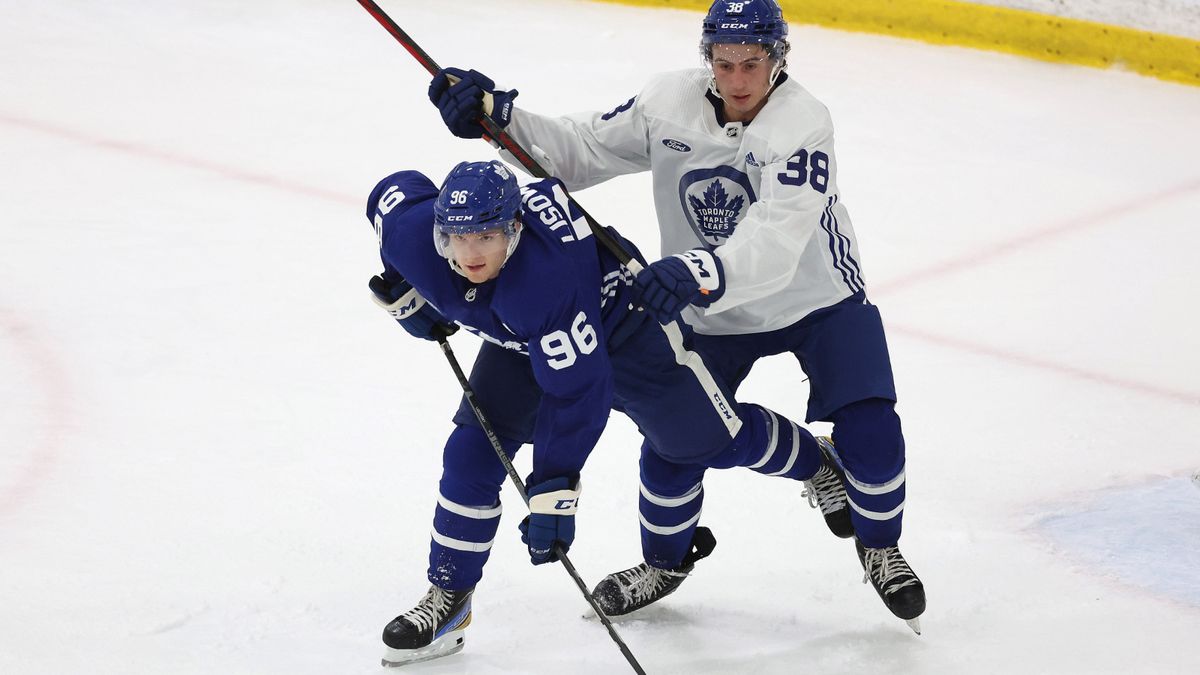
The ability to quickly absorb visual information and make decisions accordingly is an essential skill for athletes, especially those who play team sports such as football or basketball.
A 2013 study in the journal Scientific Reports found that professional ice hockey, soccer, and rugby players are better visual learners than people with lower skill levels in the same sports.
Professionals were compared to “elite amateurs”—in this case, American college athletes and players from a European Olympic sports center. They were also compared to non-athlete university students. Compared to both groups, professional athletes performed better and improved faster in a task that tested their ability to focus and track objects moving across a screen. In other words, their brains are better at processing “dynamic visual scenes,” or the world moving around them, the study authors found. Elite amateurs were also better at this than non-athletes.
This knowledge can be used to improve an athlete’s training and determine the best time for them to return to their sport after an injury. Jocelyn Faubertauthor of the 2013 Scientific Reports study and a professor at the University of Montreal’s School of Optometry, told Live Science. For example, assessing how efficiently an athlete can process visual information and not make judgmental errors can prevent them from turning too early and putting themselves at risk, he said.
Muscle memory

Acrobatic athletes, such as divers and gymnasts, must be really good at performing sequences of movements without consciously thinking about it—a phenomenon known colloquially as “.muscle memory.”
A 2023 study in Journal of Neuroscience found that the brain plans and coordinates repetitive movements such as those performed by trained athletes and musicians quickly “unpacking” and “unpacking” the essential information around them. At first, the sequence and timing of the steps are programmed separately in the brain, but with training, these individual elements seamlessly integrate into a burst of coordinated brain activity. This process involves a network of neurons in the cortex – the outer layer of the brain – that regulate movement.
prediction
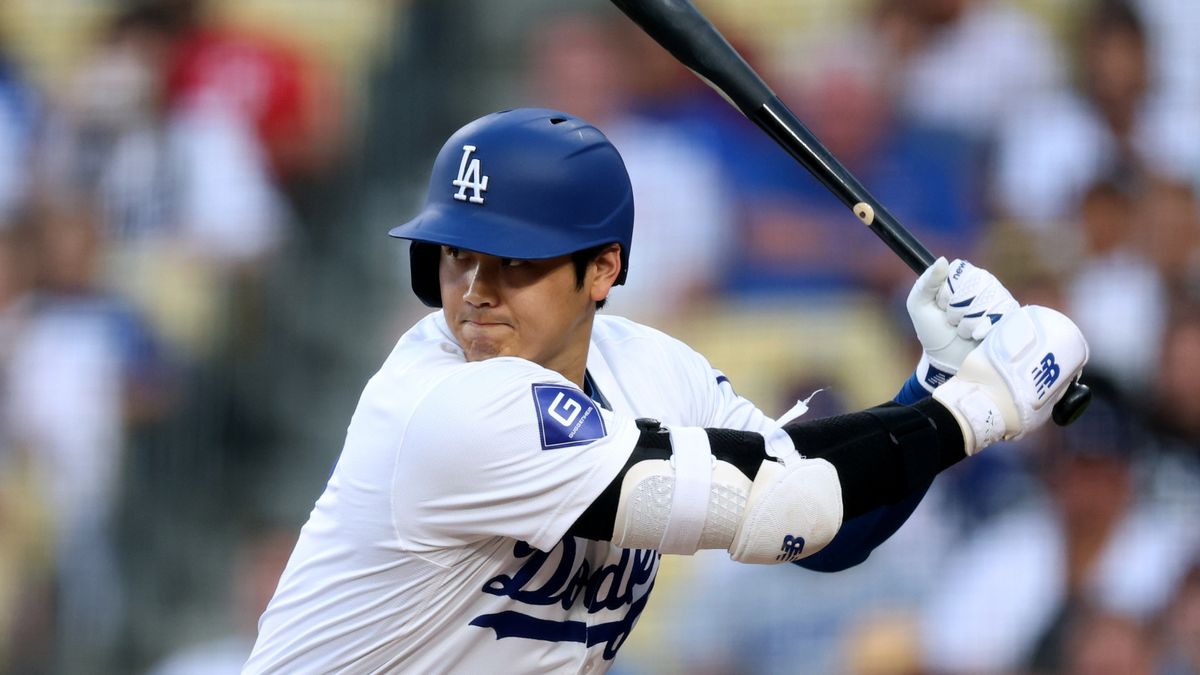
In baseball, a pitcher must make quick and accurate predictions about the fate of every ball the pitcher throws. For example, will it get into the strike zone and how quickly will it come to them?
It turns out that, depending on what the dough predicts, their brain activity changes. Specifically, neurons within a brain region called the left ventral extrastriate cortex change in these scenarios, according to a 2022 study in the journal. Cerebral cortex. This is likely due to hitters’ unique ability to associate visual cues about a pitcher’s movements with the potential path of the ball, the authors said.
Structurally, research has also shown that professional divers, for example, have a superior temporal sulcus (STS) thicker than beginners. The STS is a brain region that plays an important role in movement perception of other living things and also helps decipher the the intentions behind these movements. This makes sense in the context of diving, as these athletes often learn by watching the performances of other divers, the authors said. And, of course, this is true of many sports.
BALANCE
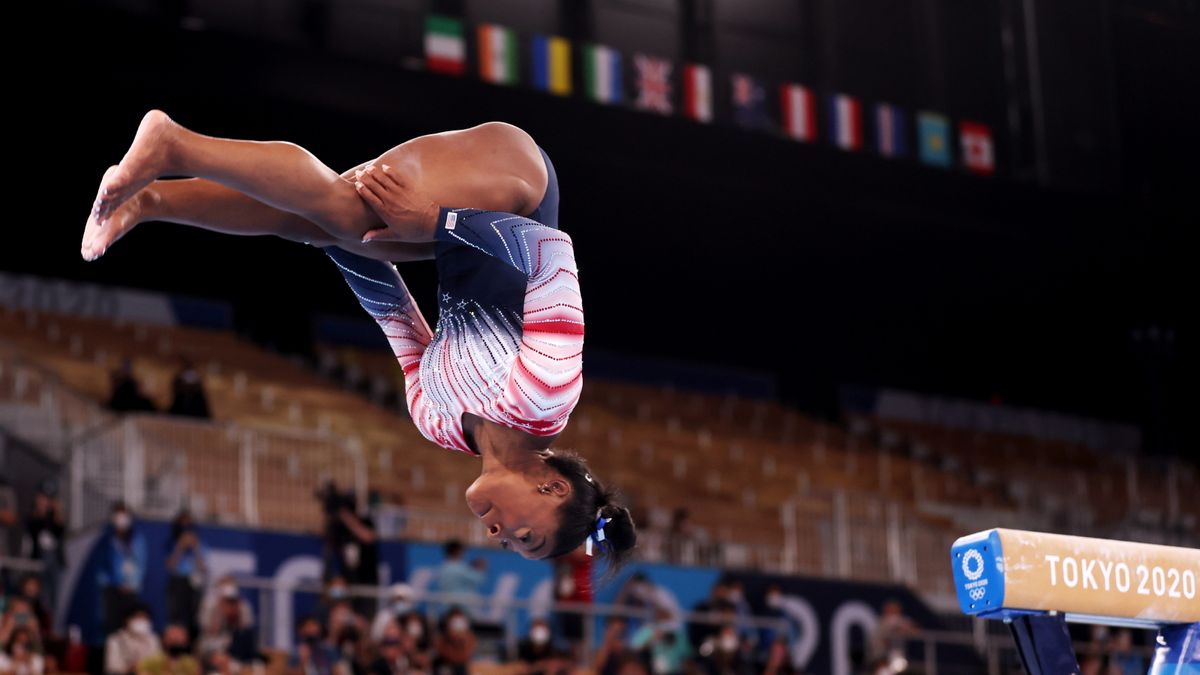
Acrobatic athletes, like gymnasts, have outstanding proprioceptive skills, or the ability to sense where their bodies are in space. A complex network of neurons in cerebelluma region at the base of the brain, enables these athletes to quickly course-correct in the air or keep their balance on an apparatus when a trick doesn’t go according to plan.
If this safety net malfunctions – as it did to the famous American gymnast Simone Biles when she got the twisties during the 2020 Tokyo Olympics — can cause these athletes to lose control of their bodies in the air, with potentially fatal consequences.
Concentration and attention
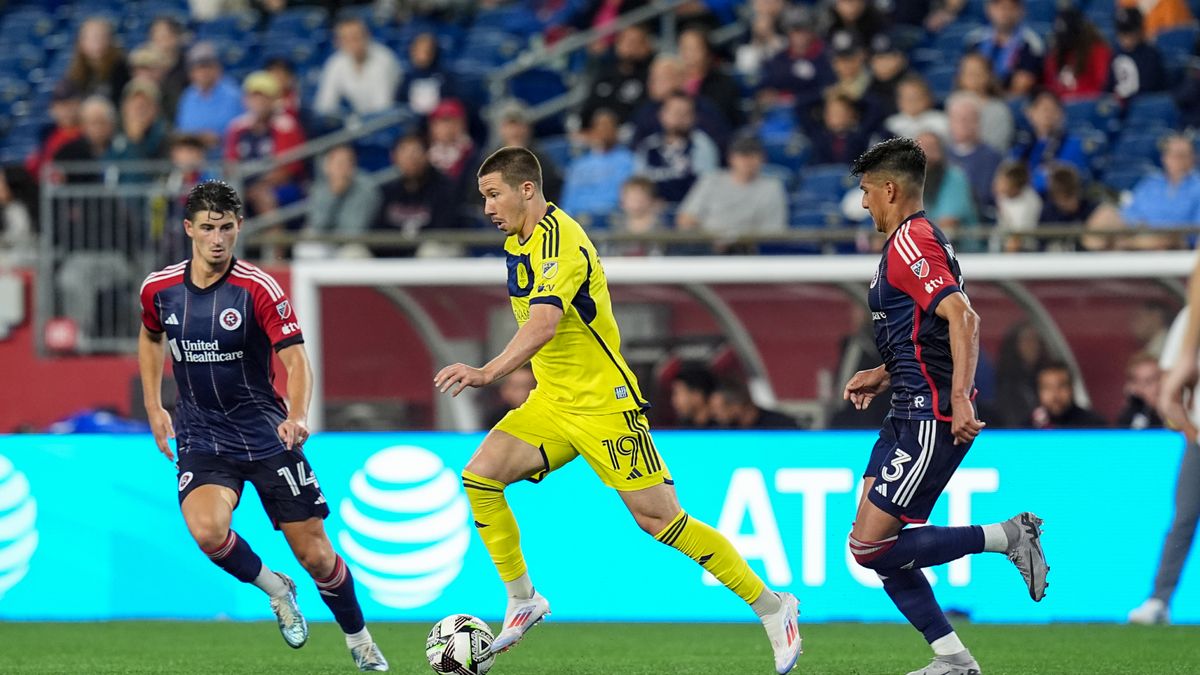
Athletes must be able to properly divide their attention and dynamically switch between different modes of thinking. For example, during a match, a soccer player who is dribbling the ball in one direction may have to quickly change direction if a player from the opposing team approaches.
The cognitive skills needed to shift your attention extend to tasks in everyday life, such as listening to a podcast while cleaning the house. A 2022 study in International Journal of Sport and Exercise Psychology provided evidence that athletes are much better at this than non-athletes.
In particular, athletes trained in team sports that require aerobic or high intensity interval training had particularly enhanced skills in this area. They stood out for their cognitive flexibility and their ability to allocate attention appropriately, the researchers found.
At this point, it is not known why athletic training affects cognition in this way, Art Kramerco-author of the International Journal of Sport and Exercise Psychology study and director of the Center for Cognitive and Brain Health at Northeastern University in Boston, told Live Science. To find out, you’d need to do a long-term study or a randomized controlled trial in which some kids get athletic training while others don’t, and then monitor them over time. But such a study would be unethical because some children would be denied access to sports altogether, he said.
Resistance to aging in the brain?
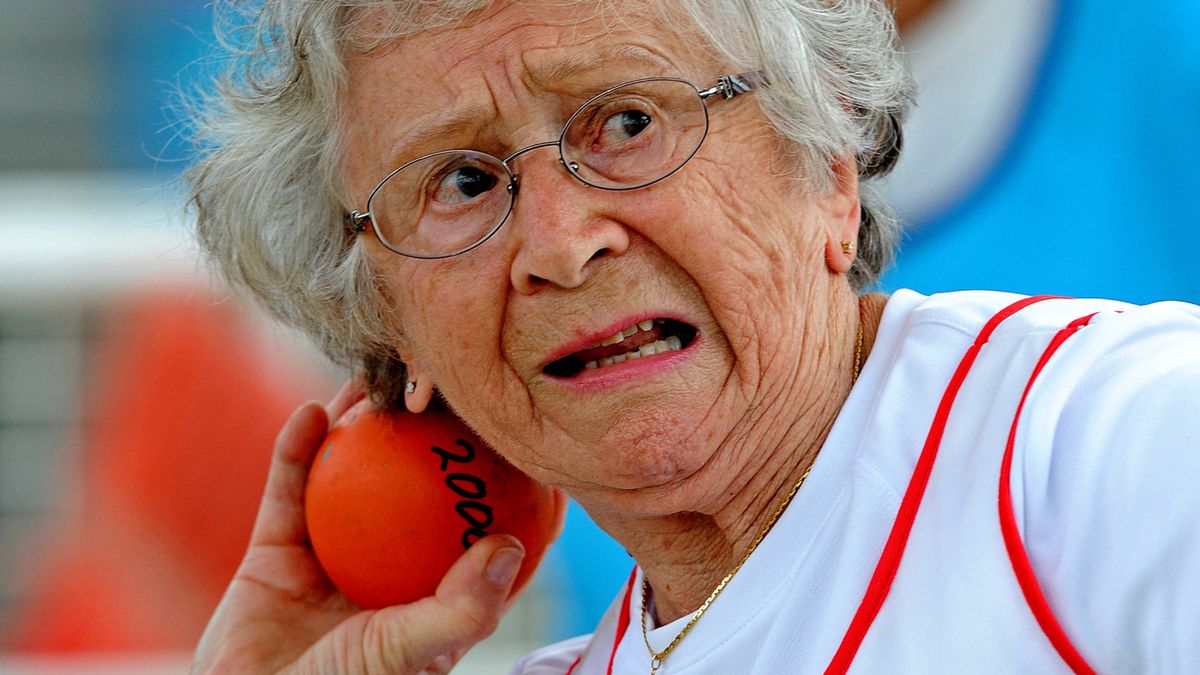
The cognitive benefits of athletic training may also extend throughout life. Perhaps no one exemplifies this better than the late Canadian track and field athlete Olga Kotelkowho held more than 30 world records.
Before she died in 2014 at the age of 95, Kramer and her colleagues studied her brain in the laboratory.
As we age, “white matter” — connections between neurons in different regions of the brain — deteriorate. However, the team found that Olga — despite being in her mid-90s at the time — had remarkably intact white matter, comparable to that of older women. few actives who were more than three decades younger.
Olga was also faster at responding to cognitive tasks than other non-agents tested in a separate, independent study, and she had better memory than them, the team found.
Of course, general conclusions cannot be drawn from one athlete. However, as the team saidthere is “only one Olga”. Because of this, it gave scientists a unique look at the long-term effects of athletic training on the brain.
However, it is important to note that not every elite level sport it relates to people who survive to old age, or stay sharp into their 90s, as Olga did. Scientists are still discovering which sports bring such benefits and which ones not.
Related: Olympic athletes dive into the Seine – days after it was deemed too contaminated with faeces for safe swimming
Training the next generation
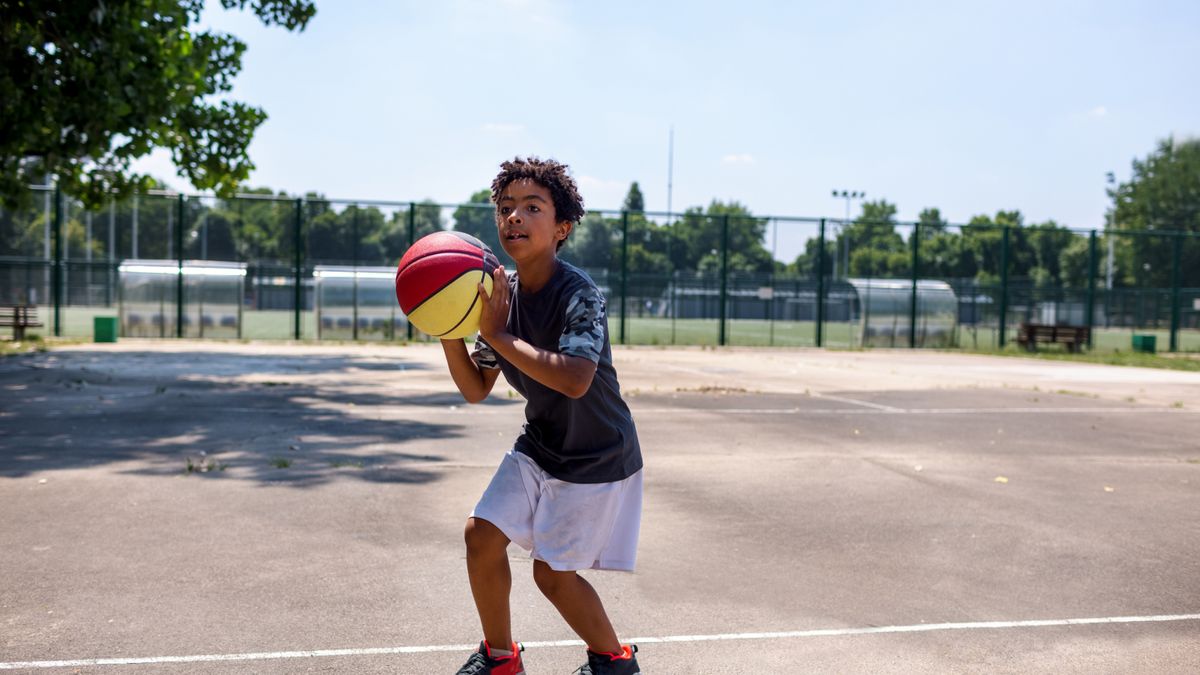
Looking ahead, encouraging brain training in athletes from a young age may lead to even greater sporting benefits.
“We’re at a point with training athletes, in particular, where the human body can’t go much further, but there’s a lot more we can actually do with cognition.” Kylie Steelea sports scientist at Western Sydney University in Australia, told Live Science.
In an article in ConversationSteel and colleagues argued that coaches should focus more on training athletes’ cognitive skills, such as their memory and decision-making skills. This is especially important during the earlier years of life, when the brain is more malleablethey claimed.
In a ball sport such as soccer, this training may involve asking players to use their non-dominant leg to kick the ball.
“If we can try to encourage a lot more training in this regard [cognitive enhancement] — especially in the younger years — by the time they get to those later years, tactically, they’re going to be more capable,” Steel proposed.
Ever wonder why? some people build muscle more easily than others OR why spots appear in the sun? Send us your questions about how the human body works community@livescience.com with the title “Health Desk Q”, and you can see the answer to your question on the website!
